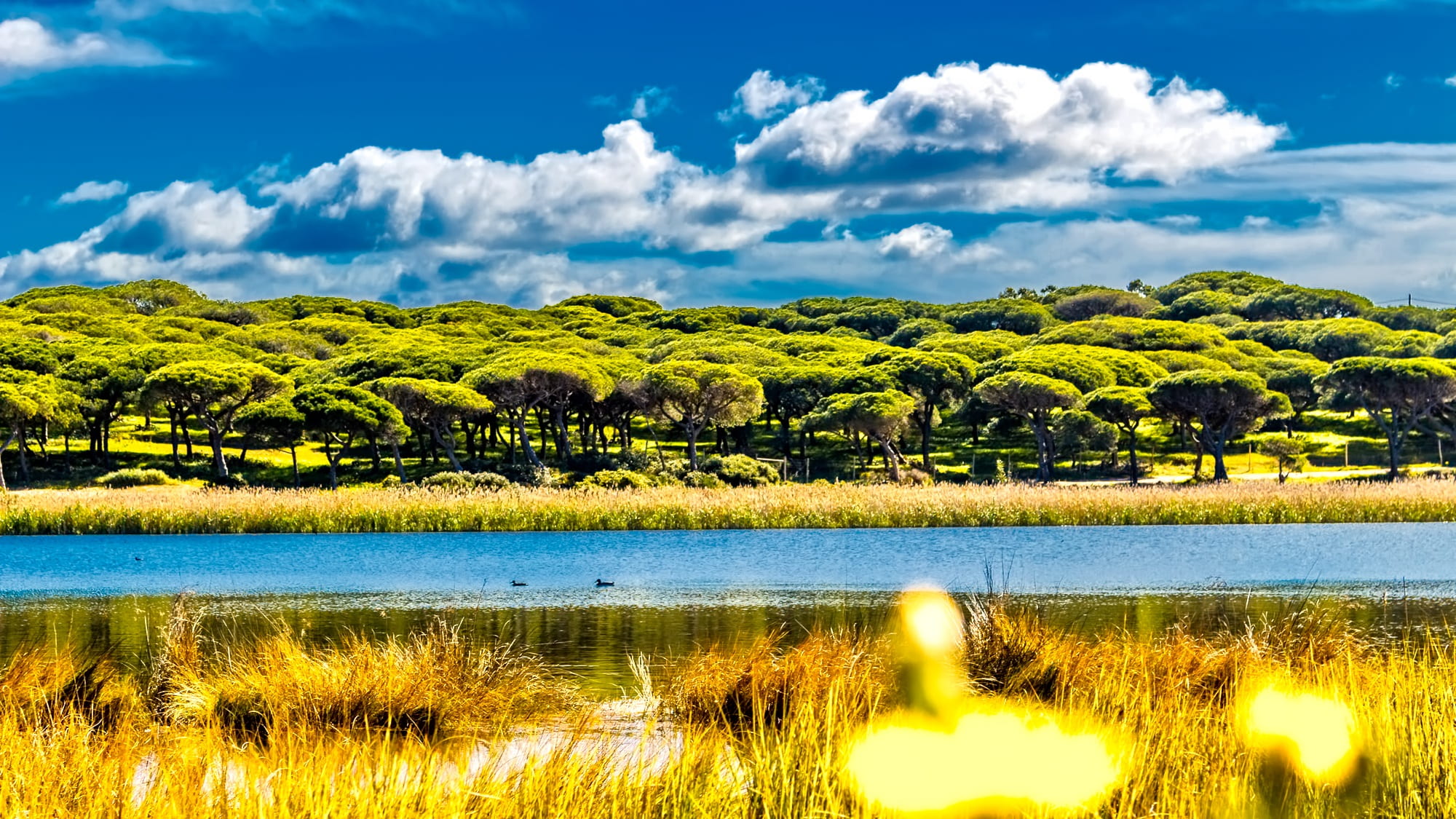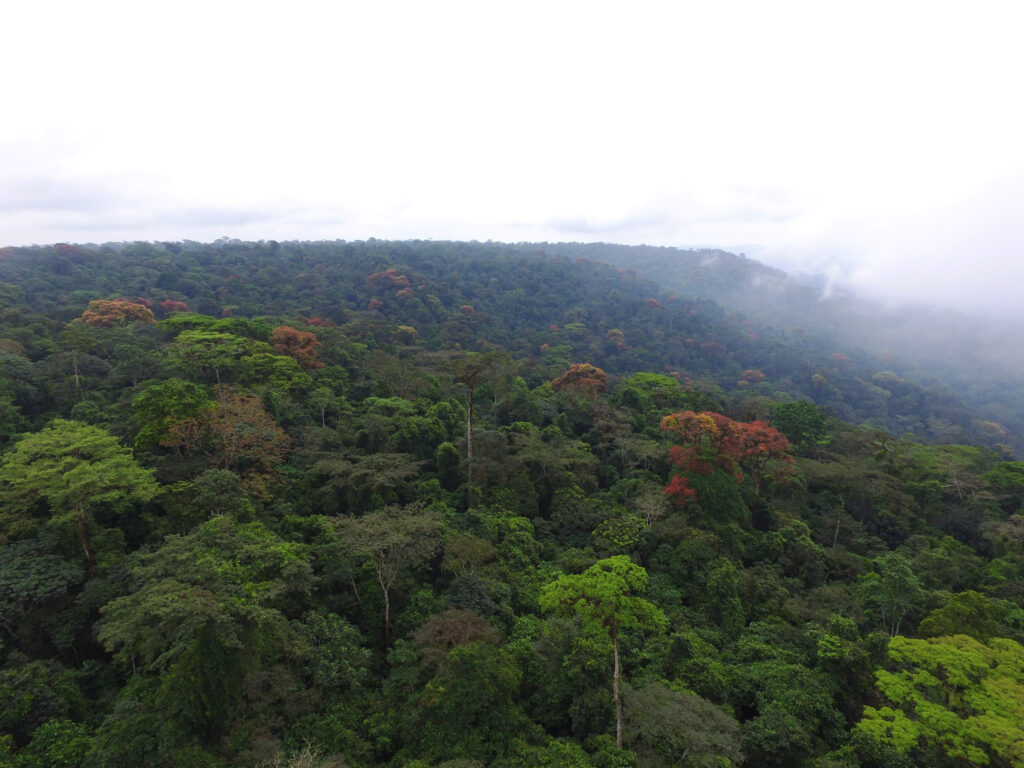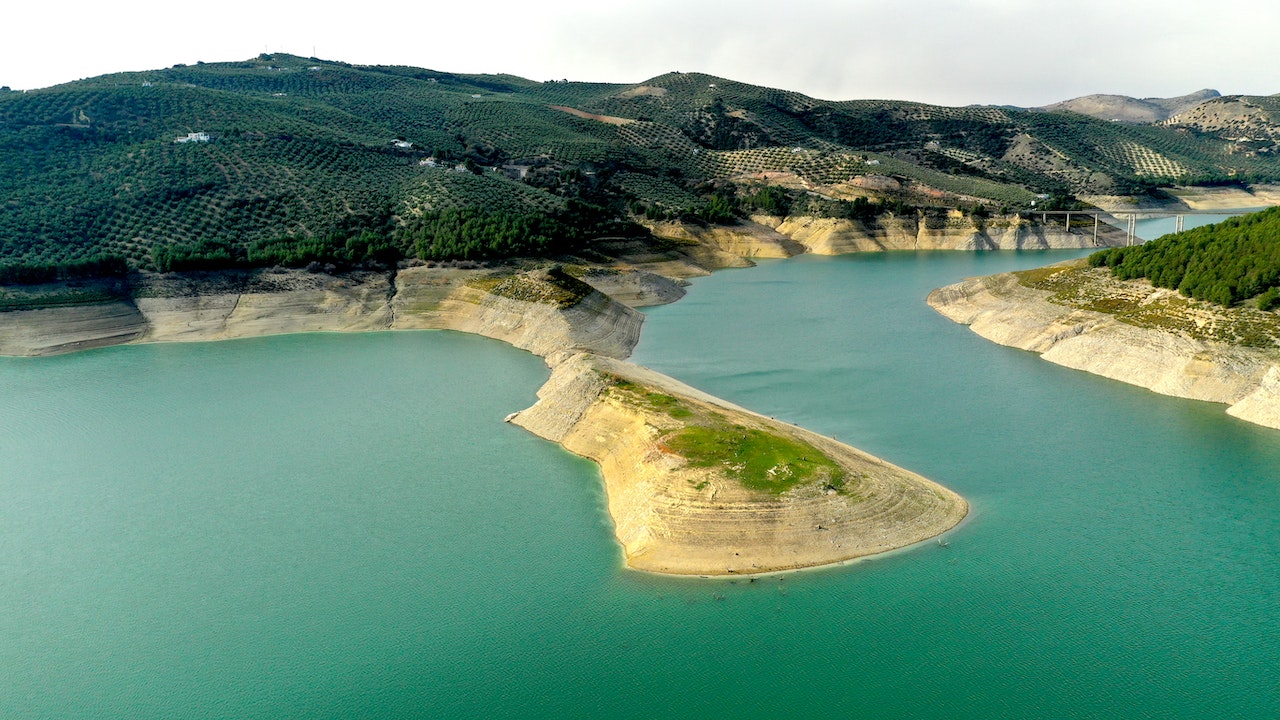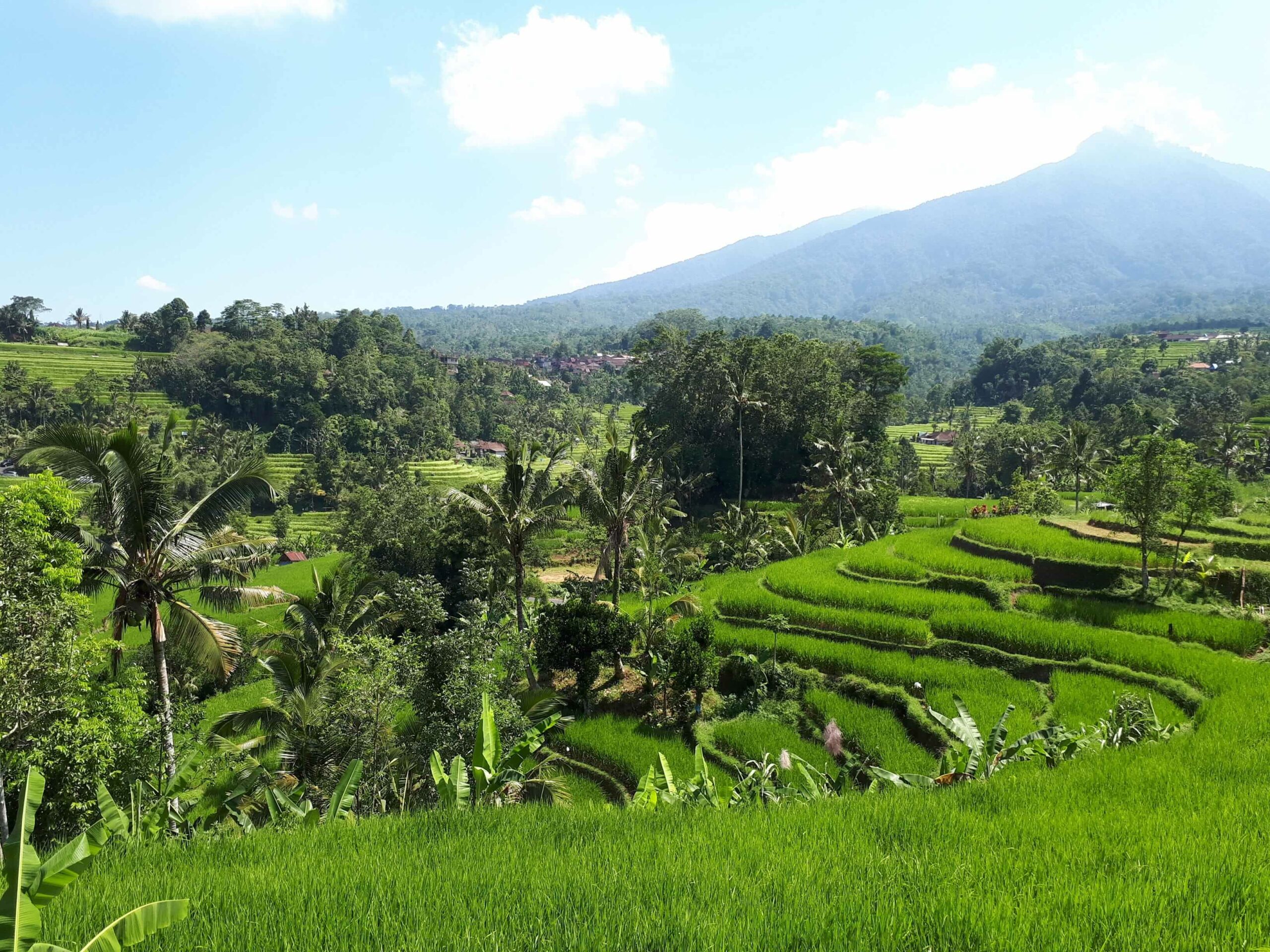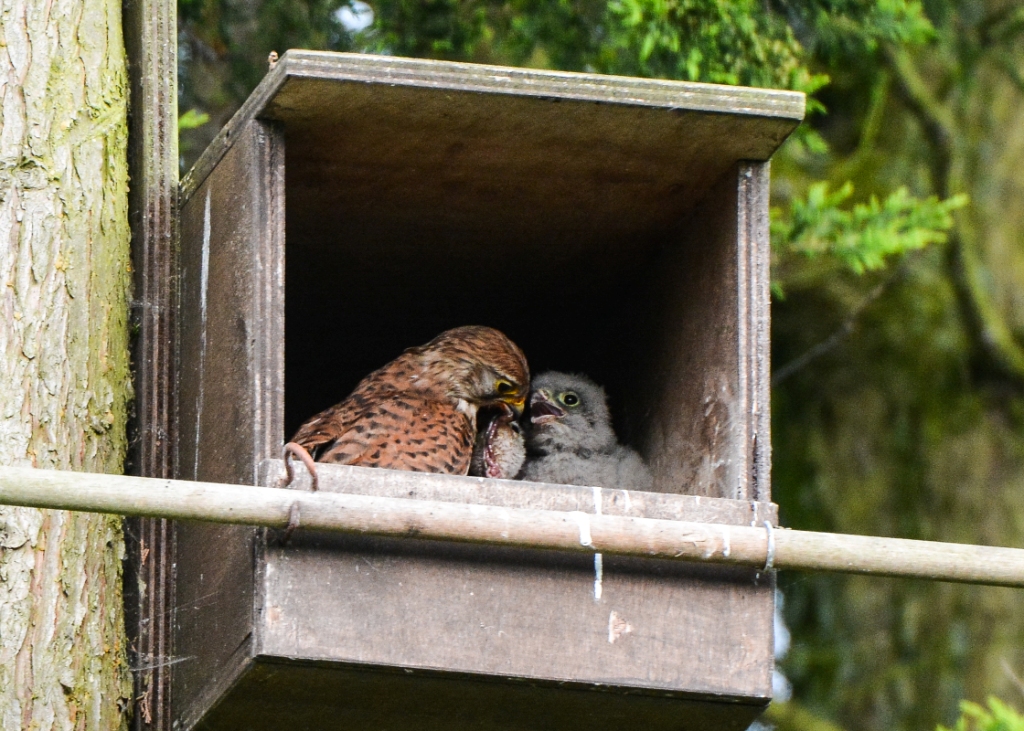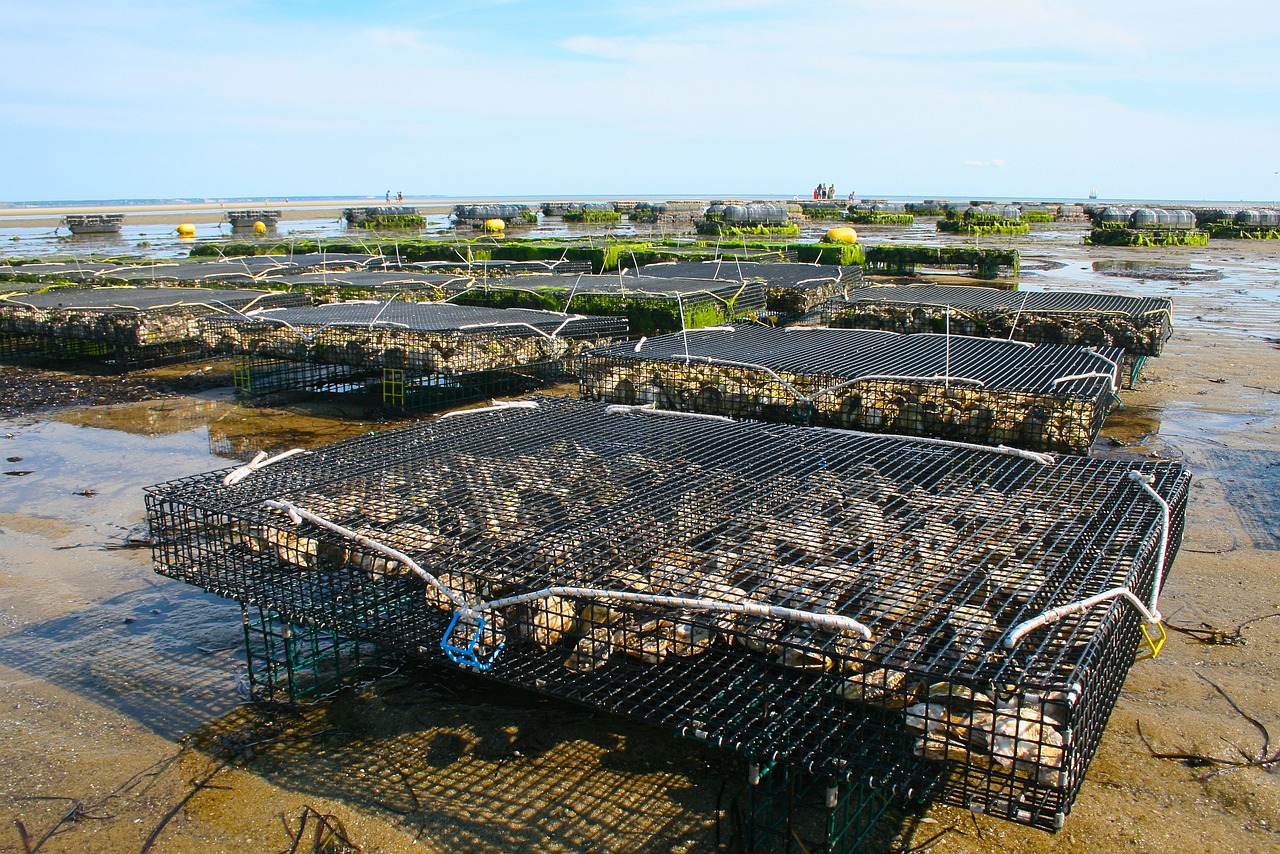29 Mar Report on Economic Mapping and Assessment Methods for Ecosystem Services
This report provides an overview of economic methods for mapping and assessment of ecosystem services. In this context, the term “mapping” is used to mean the description and representation of spatial variation. Mapping therefore includes both the representation of data on maps and/or the process...



